We have heard plenty of discussion about Boeing’s next move in the mid-size widebody market. Plans for the New Midsize Airplane (NMA), dubbed the 797, have been around for some time, but were put on ice with the arrival of a new CEO. There is a gap to be filled, and Airbus is ahead with the A321XLR. With reduced demand likely to be an issue for some time, an offering in this market is important for Boeing.
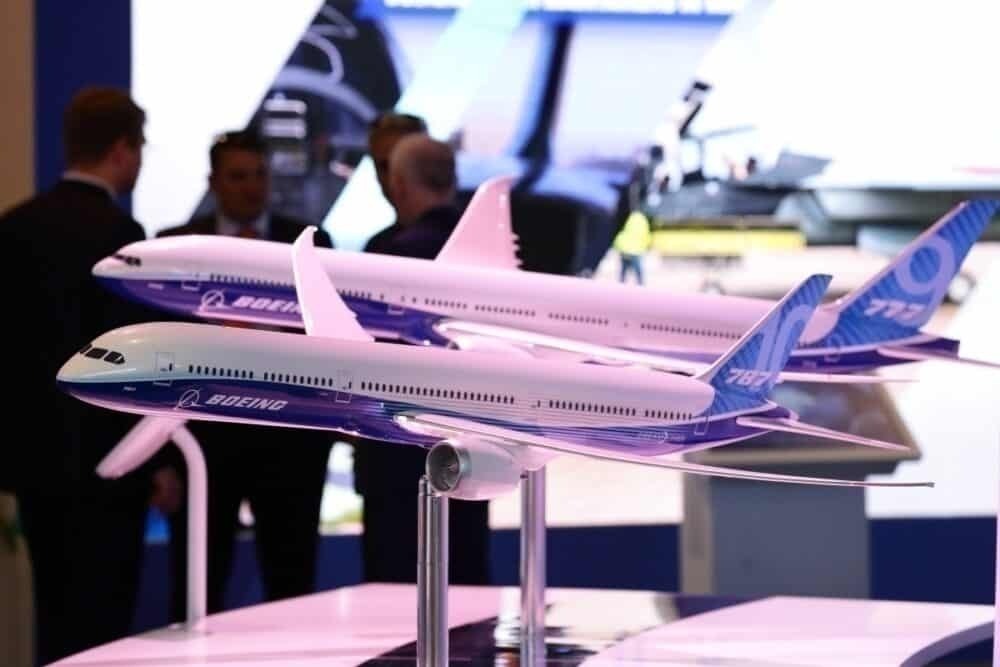
NMA and 797 proposals
There have been discussions since 2015 about Boeing developing a new aircraft, targeting the middle of the market. This was seen as a new design – a replacement for the 757, but most likely taking the widebody form of the 767.
Air Lease Corporation’s chief executive, Steve Udvar-Hazy, discussed this in 2015 in reporting by FlightGlobal. He expressed a strong opinion at the time that Boeing was looking at a new design rather than simply a 757 update. He said:
“We’re very, very intimately involved with Boeing… and based on everything we’ve seen, I think the re-engining idea is not on the table at this time. I think Boeing is looking at an airplane that is not only a 757 replacement but one that also could do things beyond that capability in terms of range and size.”

Several airlines expressed interest in a new aircraft, and it was a big part of discussions at the Paris Air Show in 2015. Nothing official was released from Boeing, but several sources discussed the outcome. The NMA was expected to be larger than the 757, with a capacity of around 220 and a range of 8,300 kilometers. Airbus CEO Fabrice Bregier estimated that it would cost Boeing around $10 billion to bring a new aircraft like this to market.
A stretched version (to follow later) was also rumored. This would increase passenger capacity to 267, with a range of 7,778 kilometers. The two models soon became dubbed the 797, although Boeing never named it this nor officially launched the project.
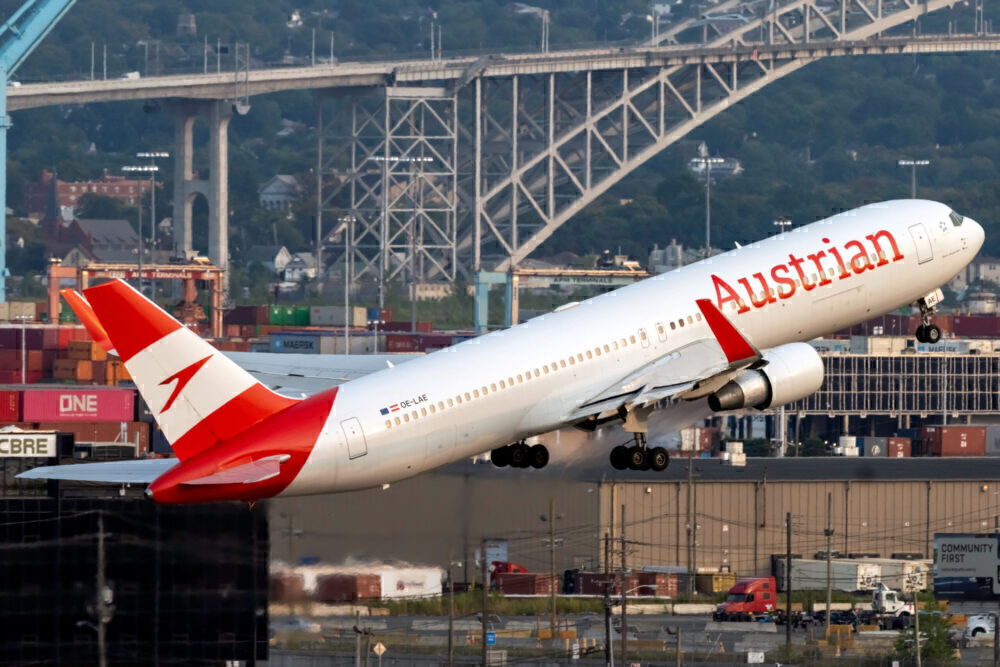
Dropping plans in 2020
Despite interest from some airlines, there was little progress, and no launch, for the 797. The idea had garnered interest from United (a major Boeing customer) as well as Delta Air Lines, Qantas, and Icelandair.
It was hoped that an official launch would take place at the Paris Air Show in 2019. However, with Boeing reeling from the twin 737 MAX disasters, it was a muted attendance at that air show, and no announcement was made.
Confirmation of the changes to NMA plans came in January 2020. Boeing’s new chief executive Dave Calhoun explained that the plans would be re-visited. He said:
“Since the first clean sheet of paper was taken to it, things have changed a bit … the competitive playing field is a little different.”
At that time, there were several issues that conspired to spur a revisiting of the plans:
- Boeing was facing ongoing issues with the 737 MAX. Other projects have suffered and slowed down as Boeing was dealing with solving the issues and getting the type back in service.
- Airbus launched a viable competitor to the target NMA market with the A321LR and later the A321XLR. The A321XLR seats up to 220 and offers a range of up to 8,700 kilometers. This took potential orders away from Boeing – before it had even launched a product.
- Was there really funding available for the huge cost of new aircraft development? The slowdown from the pandemic was yet to take effect at that time, but Boeing had already suffered financially with the 737 MAX issues.
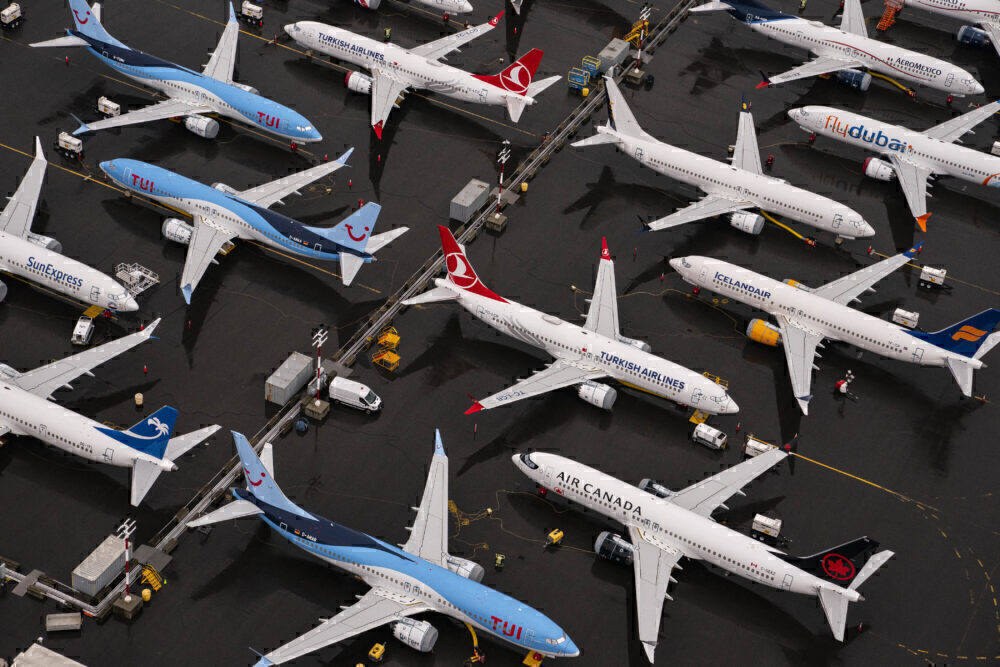
Airbus has moved ahead with the A321LR and A321XLR
Boeing looked at the NMA project to fill a definite gap in the market. As a replacement for the aging 757, it would fill the gap between the top end offered by the 737 MAX and the smallest 787. Without anything being developed, Boeing lacks an offering in this area. Boeing itself previously estimated demand in the market for around 5,000 to 7,000 units.
Airbus, conversely, has continued to pay attention to this area of the market. It has opted to expand the capabilities of the A320 series rather than develop a clean-sheet design. Of course, this takes narrowbodies into the market rather than the widebody Boeing was looking at.
Airbus launched the A321LR in 2015, and it entered service in 2018 with launch customer Arkia. This extended the range of the A321 to 7,400 kilometers using additional fuel tanks, with a capacity of 206 in a typical two-class layout, with an exit limit of 240. With the possibility to operate transatlantic flights, it has quickly moved into the space the NMA could have occupied.
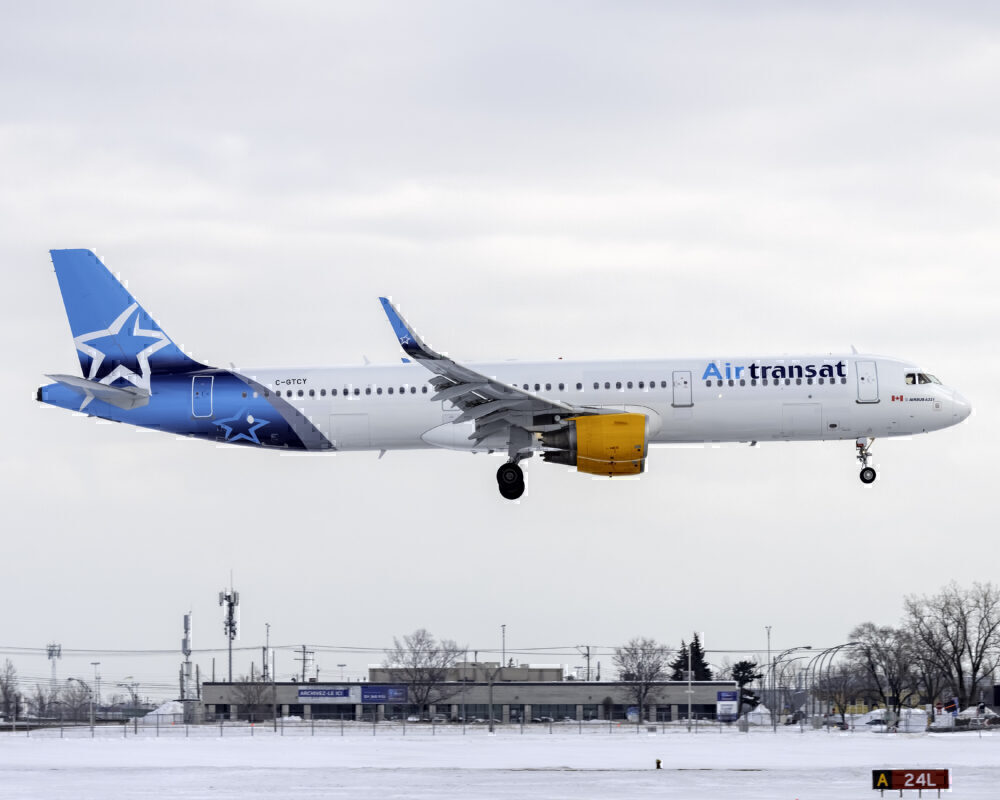
TAP Air Portugal currently has the largest fleet of nine A321LR aircraft, with three more on order. Other operators include Arkia, Aer Lingus, Air Astana, SAS, Air Azores, Gulf Air, and Air Transat. JetBlue has begun taking delivery of its order of 13 aircraft and will introduce an eagerly awaited transatlantic service with a new Mint business class. Qatar Airways has 10 on order.
Going further with the A321XLR
The real gamechanger, however, is the upcoming A321XLR. It offers a range of 8,700 kilometers, with additional center and rear fuel tanks. It is due to enter the market in 2023.
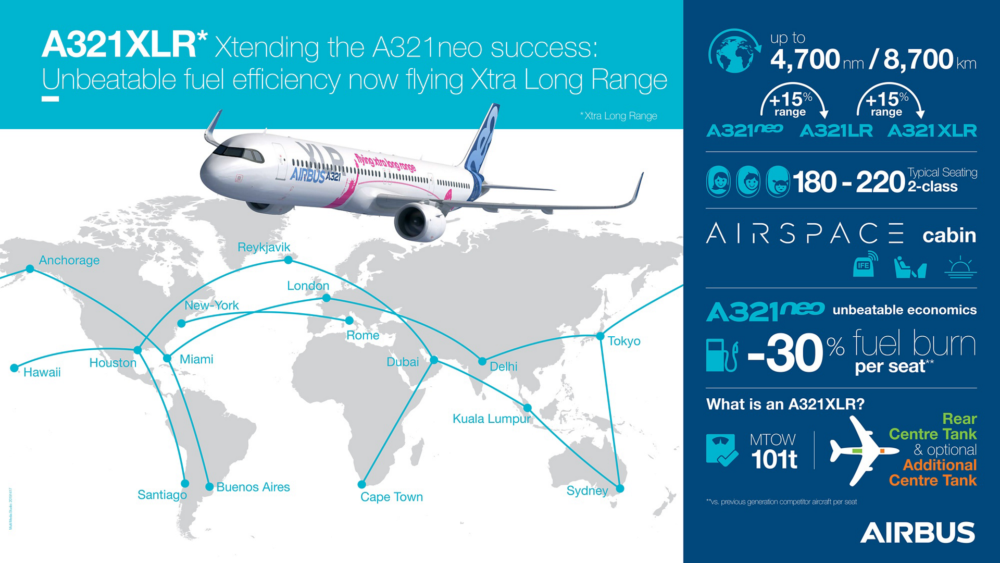
There are currently at least 450 orders for the A321XLR. The largest are from American Airlines and United, with 50 aircraft each. Qantas, AirAsia, Air Arabia, Wizz Air, Frontier, VietJet, and JetBlue all have more than 10 aircraft orders.
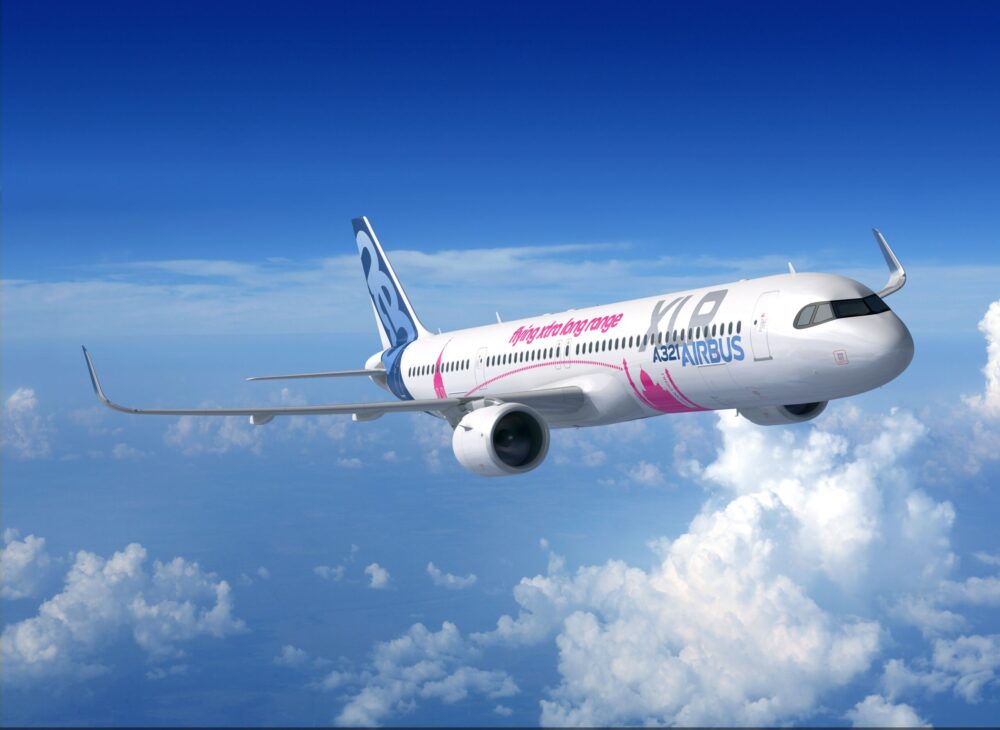
This, of course, presents a serious challenge for Boeing, It may be re-visiting its NMA plans, but it certainly is unlikely to drop them completely and leave this market segment to its competitor. Demand for new aircraft may be suffering from the current slowdown, but lower capacity planes will likely come out stronger as the situation improves.
Serving long-haul routes with a lower capacity not only addresses a growing shift to point-to-point operations but also reflects this reduced demand.
What could the new NMA look like?
So, what could Boeing launch as a new NMA to compete with the A321XLR? Boeing has confirmed nothing, but a few possibilities have been raised.
A full, new clean-sheet design remains possible. But given that this was previously put on hold, it seems unlikely. This an expensive option, and of course, it will take a long time. Money is tight these days, and Boeing is already behind in the mid-sized market.
Will Boeing go for a narrowbody or widebody? At the time of the NMA project pause, CEO David Calhoun explained (on a company earnings call) that he wanted to understand both options. He said:
“[Boeing] will not design our next airplane on the basis of the A321 … I know where the NMA is targeted now. I want to be sure I understand everything about the widebody, narrowbody world.”
A new narrowbody design
An option for a narrowbody design is to build on the 737 MAX (as Airbus did with the A321neo). We looked before at Boeing’s potential Future Small Airplane (FSA). This would compete directly with the A321XLR, building on the 737 MAX with a new design allowing additional fuel storage.

Simple Flying looked at one proposal for this in 2020. Boeing submitted a patent for a new design back in 2009. This features a near elliptical cross-section, providing enough internal space for a second aisle.
Updating the 757 or 767
Another option is to make updates to the already popular 757 or 767. These aircraft fit the middle of the market segment well, and this would be much cheaper than a brand new development.
A 757 MAX would make sense in many ways. Many airlines know and like the 757, and of course, it is already certified. A similar model to the 757-300 could seat around 240 passengers and offer improved range and efficiency with the addition of new engines. New cabin technology and integration of composite materials could, of course, offer further improvements.

Likewise, a 767X has been rumored. It would re-engine the original widebody with the General Electric GEnx and likely offer a passenger and a freighter variant. It would probably need a modified landing gear due to the larger engines, but few other changes.

If you think you have heard of the 767X, it’s because it was originally proposed in the 1980s. It was put forward as a partial second deck 767 variant, but it never made it out of the proposal stage.
Look again at the 787-3
If Boeing goes with widebody, it could develop the 787 as the base for the NMA. The original plan for the 787 included a short-haul 787-3 variant. This would have a capacity of 290 to 330 (in between the 787-9 and 787-10) but in an aircraft the same size as the 787-8. With denser seating, the range would be reduced.
Such a model would have suited the US or Japanese domestic market well. Japanese airlines ANA and Japan Airlines ordered the 787-3 but switched these to the 787-8 after program delays.

Could the 787-3 now fill the role of the NMA? The possibility of a 787X has been discussed before. Its efficiency would be an improvement over upgrading the 757 or 767. And Boeing has efficient 787 production lines in operation. Time will tell which option Boeing will proceed with.
One thing is for sure, Boeing needs to do something. It cannot simply leave this market segment to its European competitor. If it does, it closes the door on what is a growing and lucrative field, and one in which Airbus already has a good head start.
What do you think about Boeing’s NMA plans? Was it right to put them on hold, and where do you think development will head next? Let us know your thoughts in the comments.
[ad_2]
Source link


